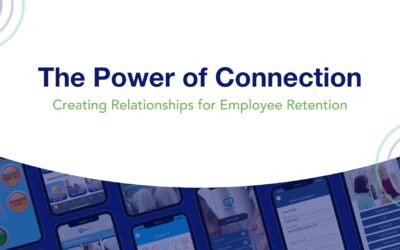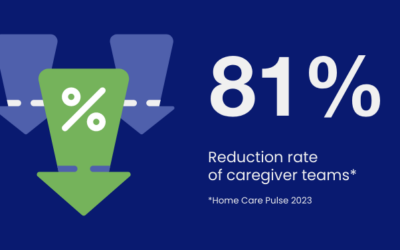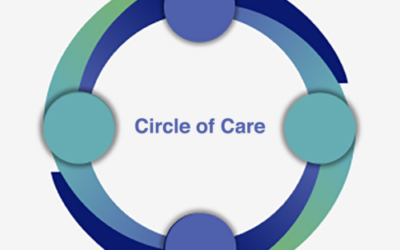A Guide for Providing Caregiver Feedback
One of the biggest challenges for in-home care agencies is how to retain their workforce of caregivers. Indeed, HCP estimates that it costs $2,600 to replace an in-home caregiver.
On average, caregiver turnover will cost home care agencies $171,600 annually.
An effective – and completely free – way to drive caregiver engagement is to provide regular feedback. A study by Officevibe showed that 83% of employees appreciate feedback, whether positive or negative, and companies that provide regular feedback for employees saw a 14.9% lower turnover rate.
In this post, we will outline the steps for providing effective feedback to your caregivers, incorporating some best practices from the Manager Tools Feedback Model.
1. Set defined expectations and goals.
At the 30-60-90 day employment mark, set defined expectations and goals for your caregivers. Goals should follow a SMART model: specific, measurable, achievable, relevant, and time-bound.
Connect with your caregivers regularly to review their progress and help them create an action plan if they’re struggling to reach their goals.
2. Most feedback should be positive.
How many of us have had a successful performance review or test and rather than attaching to the 95% we got right, we cling to the one wrong answer or career misstep. This is a normal part of the human experience!
So when providing feedback, the preponderance should be positive. For every piece of “negative” or adjusting feedback, plan to give nine pieces of positive feedback.[pull quote] Afterall, the goal is to retain your caregivers and peppering them with criticism is not going to help that end.
Providing frequent and consistent feedback needn’t be onerous. enCappture clients use in-app functionality to send quick messages to caregivers, e.g. “When you arrive at the client site early, it makes them (and the agency) really trust you. Thank you for the hard work!”
3. Ask for permission.
Before giving feedback, ask the caregiver if they are open to it. This gives them the opportunity to suggest a different time or place if they are not able to receive the feedback in that moment.
Most of us have experienced a time in life when someone wanted to talk with us but we were racing to pick up kids, on the verge of tears and feeling defensive, preoccupied with an illness, etc.
By asking, you ensure that they are in the right mindset to hear you.
4. Describe specific behavior.
When giving feedback, describe specific behaviors you have observed, not the motivations behind them. Avoid using labels and instead, describe what you witnessed.
Describing someone as “lazy,” “selfish,” or “absent-minded” is unhelpful and leads to defensiveness.
Rather, identify a behavior – e.g. “The client sent a picture of the kitchen after you left and there was a pile of dishes in the sink” – focuses on facts and the behavior.
Some positive behaviors to highlight:
- Arriving on time
- Submitting timesheets correctly
- Compliments from the client
- Connecting with others in the community
- Prompt response to members of the client’s Circle of Care
- Prepare nutritious meals and assist with feeding
- Preventing accidents and falls
- On time medication administration
- Offering companionship
6. Discuss the impact.
All the actions (behaviors) we take have consequences. Many times the consequences are positive. Afterall, most of us don’t set out to sabotage others or create discord.
But often, the consequences of our actions are not fully known to us. By showing your caregivers how they impacted their careers, the clients, or your business, you clearly communicate the impact.
E.g. “When you show up to work a little bit early, it makes the client feel they can count on you and I really appreciate it.”
7. Discuss next steps.
The goal of feedback is to reinforce positive behavior and work with the caregiver to adjust behavior you want to change.
A good way to reinforce is to bring the caregiver into the conversation by asking their opinion on behavior changes. “What can you do differently next time?” is a great way to frame it.
Download the FREE comprehensive checklist designed to help you keep your caregivers for 90 days and beyond.”












